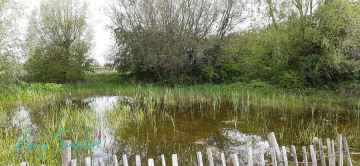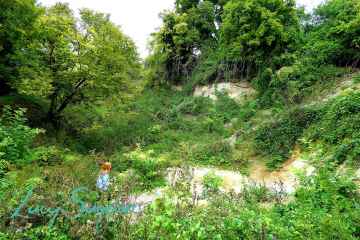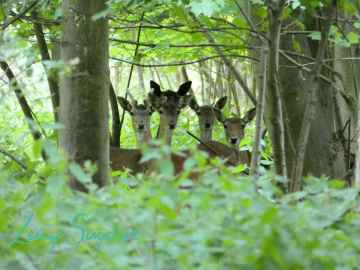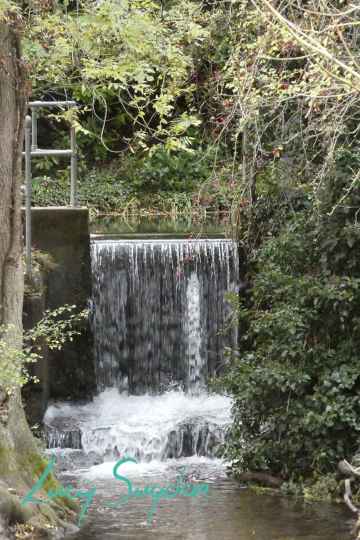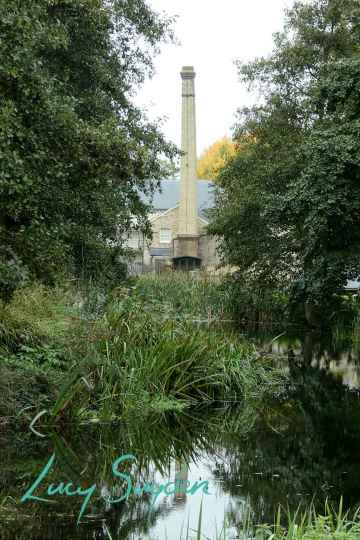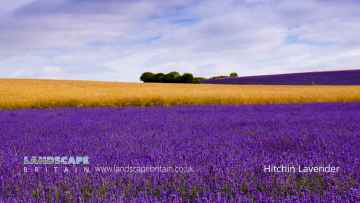Ware
Ware is a Town in the county of Hertfordshire.
There are great places to visit near Ware including some great cities, villages, lakes, parks, hiking areas, towns, geological features, woodlands, nature reserves, waterfalls, historic buildings, gardens, country parks, ruins and shopping centres.
Letchworth, and St Albans are great places to visit near Ware if you like cities.
There are a several good villages in the Ware area like Norton, Redbourn, Anstey, Therfield, Chorleywood, and Essendon.
There are a several good lakes in the Ware area like Norton Pond, Radwell Mill Lake, and Hatfield Forest Lake.
Parks to visit near Ware include Broadway Gardens, and Chorleywood Common.
There are a number of hiking areas near Ware including Letchworth’s Greenway, and Oughtonhead Common Nature Reserve.
Ware has some unmissable towns nearby like Hitchin, Bishop's Stortford, Royston, Welwyn Garden City, Baldock, Sawbridgeworth, and Hatfield.
Hill End Chalk Pit is one of Ware's best, nearby geological features to visit in Ware.
The area around Ware features a number of interesting woodlands including Hitchwood, and Hatfield Forest.
Oughtonhead Common Nature Reserve, Stotfold Watermill and Nature Reserve, and Chorleywood Common are great places to visit near Ware if you like nature reserves.
Ware is near some unmissable waterfalls like Oughtonhead Waterfall,
Ware has some unmissable historic buildings nearby like Stotfold Watermill and Nature Reserve, Church of Saint Mary at Hitchin, Wimpole Hall, Wimpole Ruins, and Hatfield House.
Gardens to visit near Ware include Hitchin Lavender.
Ware's best nearby country parks can be found at Hatfield Forest, Wimpole Estate, Stanborough Park, and Pishiobury Park.
Don't miss Wimpole Ruins's ruins if visiting the area around Ware.
The area close to Ware boasts some of the best shopping centres including atria Watford.
Ware History
There are some historic monuments around Ware:
Places to see near Ware
History of Ware
Mary I had Thomas Fust burned at the stake in Ware for refusing to convert to Catholicism. The Ware Mutiny occurred on 15 November 1647, between the First and the Second English Civil War at Corkbush Field, when soldiers were ordered to sign a declaration of loyalty to Thomas Fairfax, the commander-in-chief of the New Model Army (NMA), and the Army Council. When some with Leveller sympathies refused to do this they were arrested, and one of the ringleaders, Private Richard Arnold, was court-martialled and shot. 62 children were sent to Ware after the Great Fire of London.















